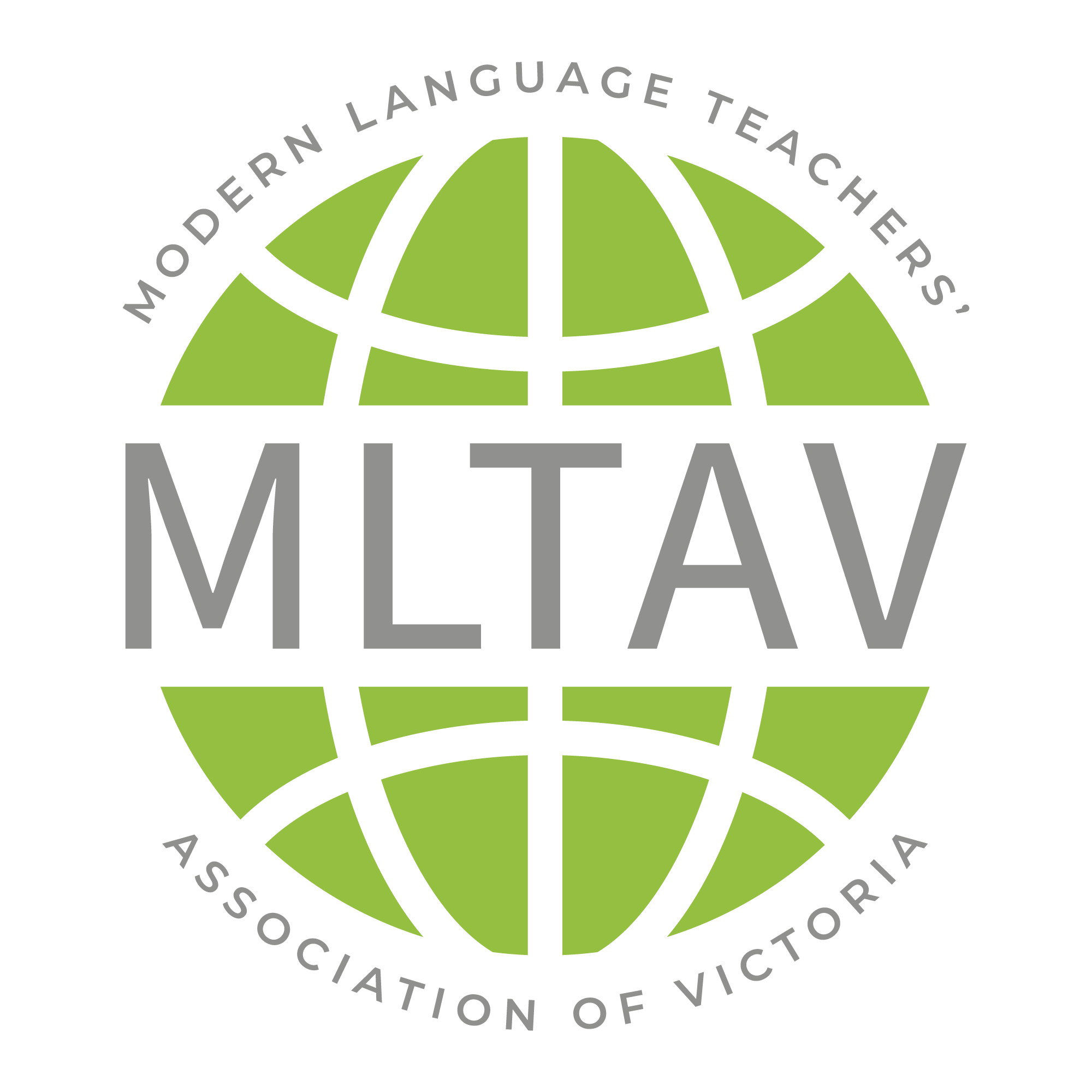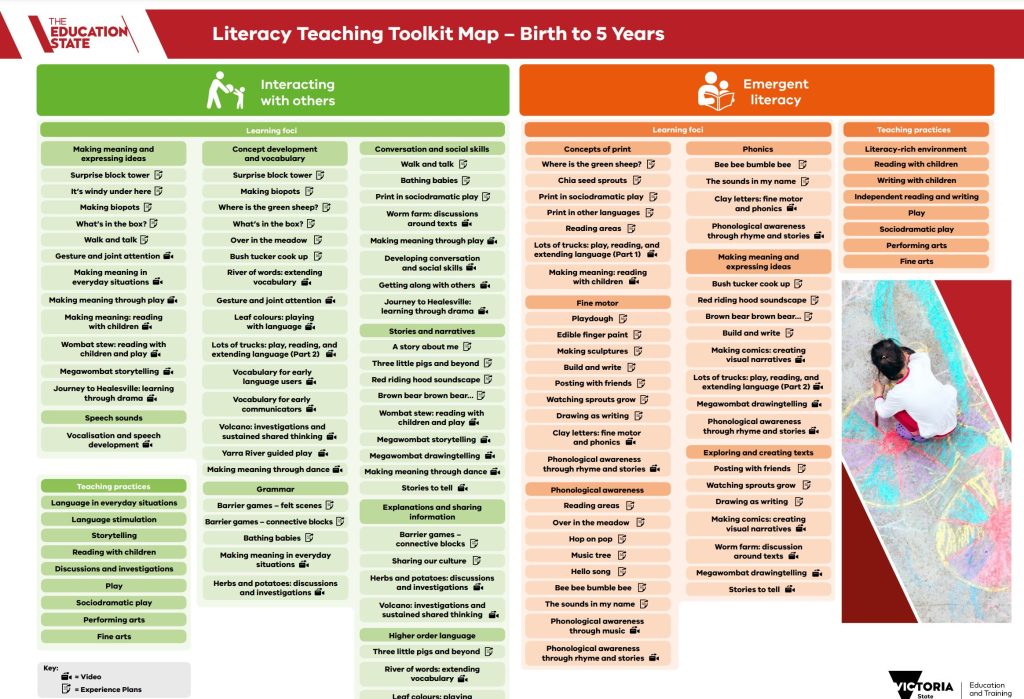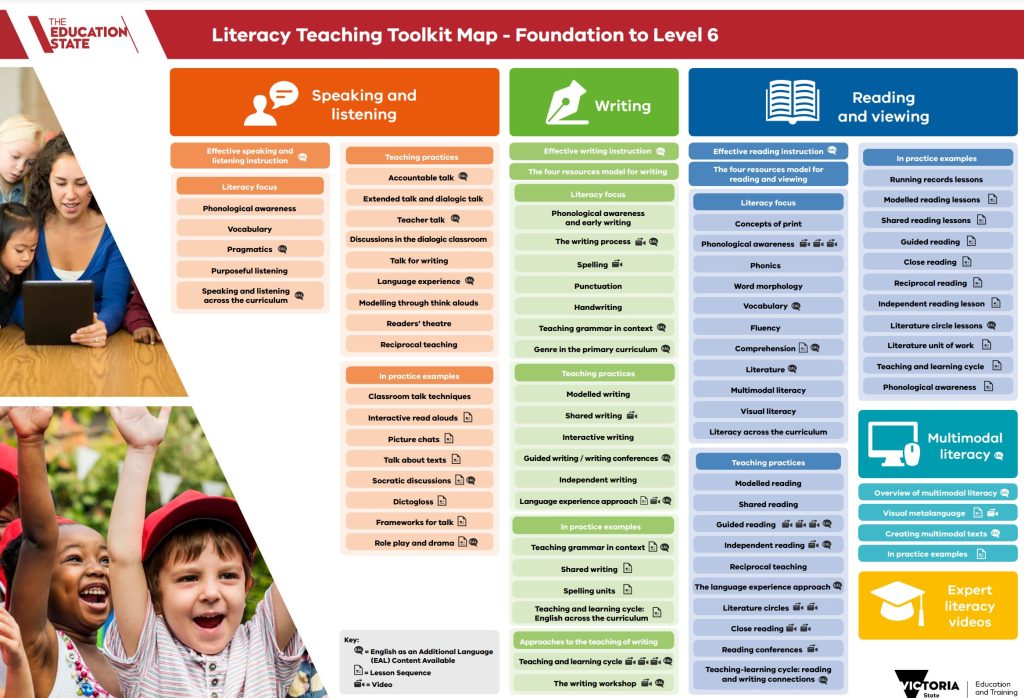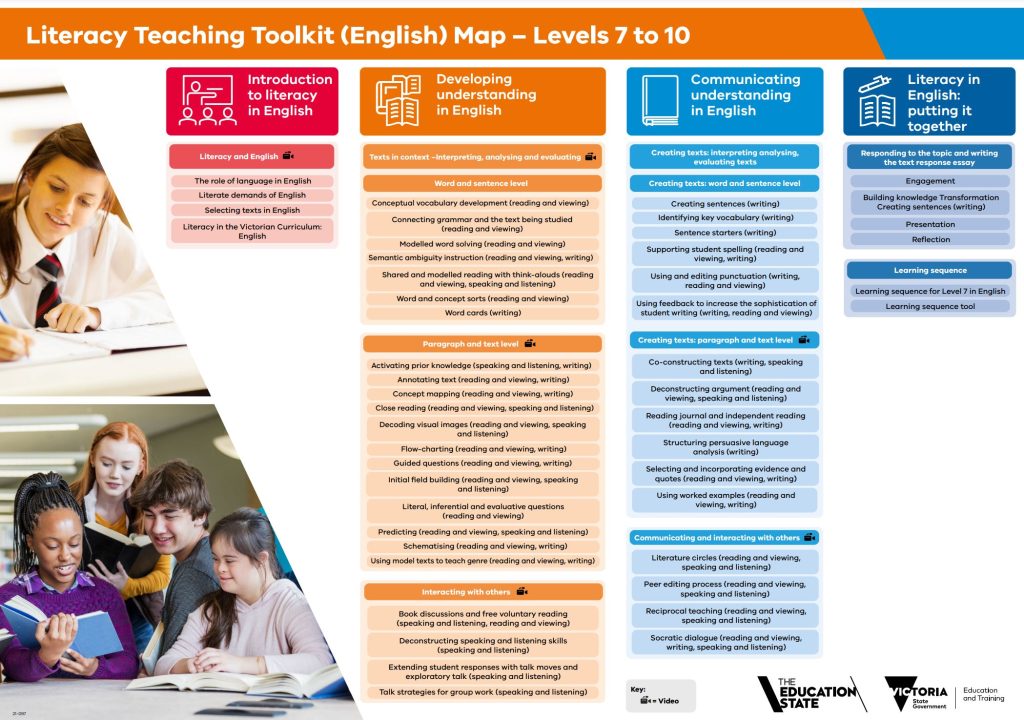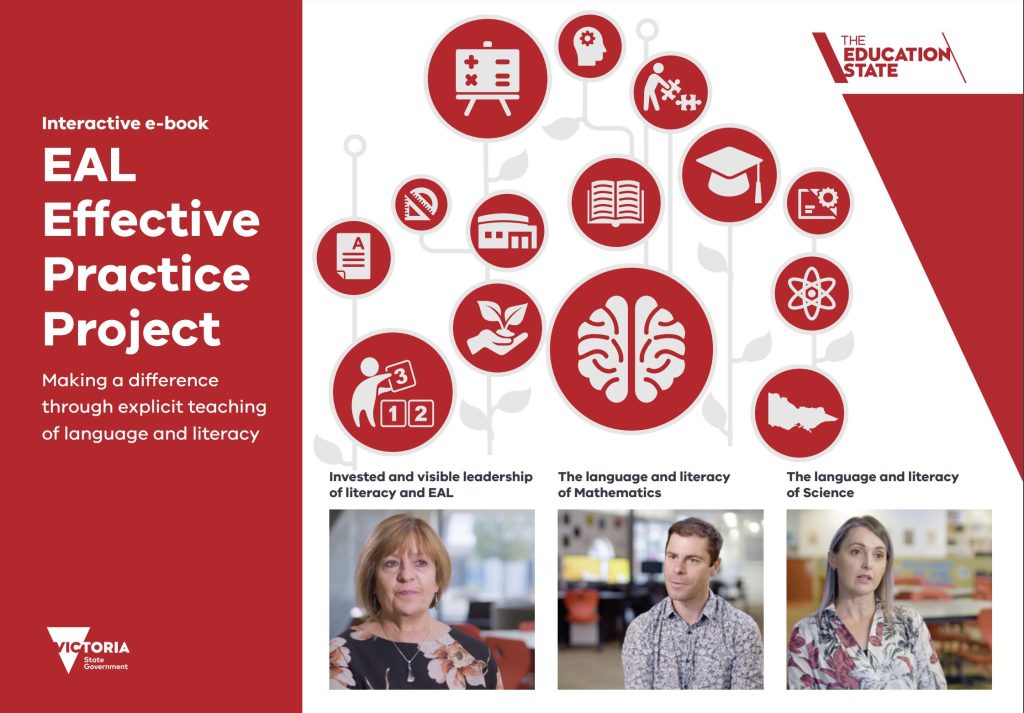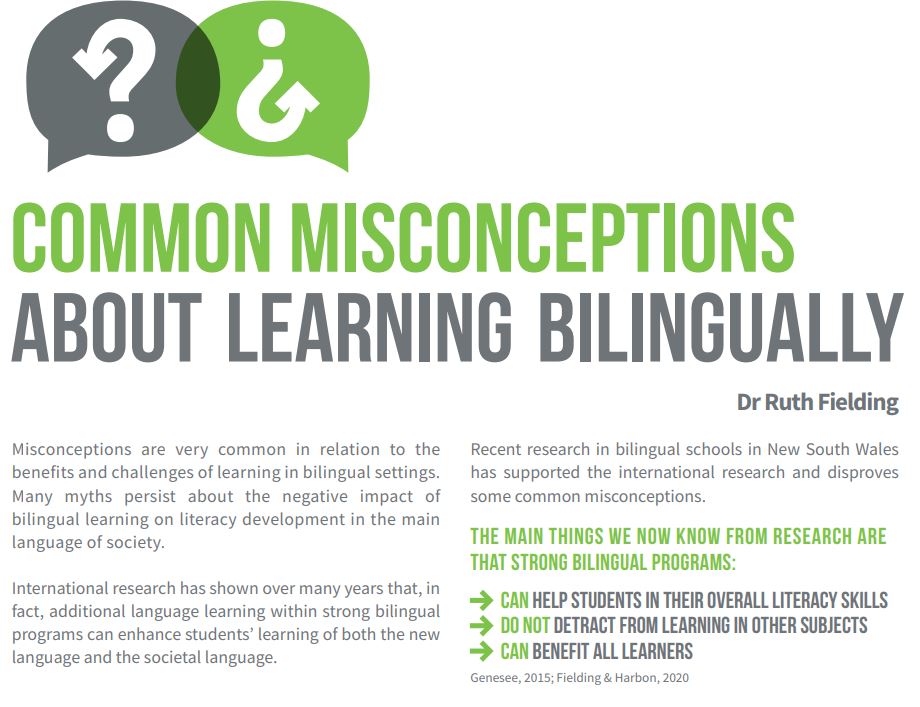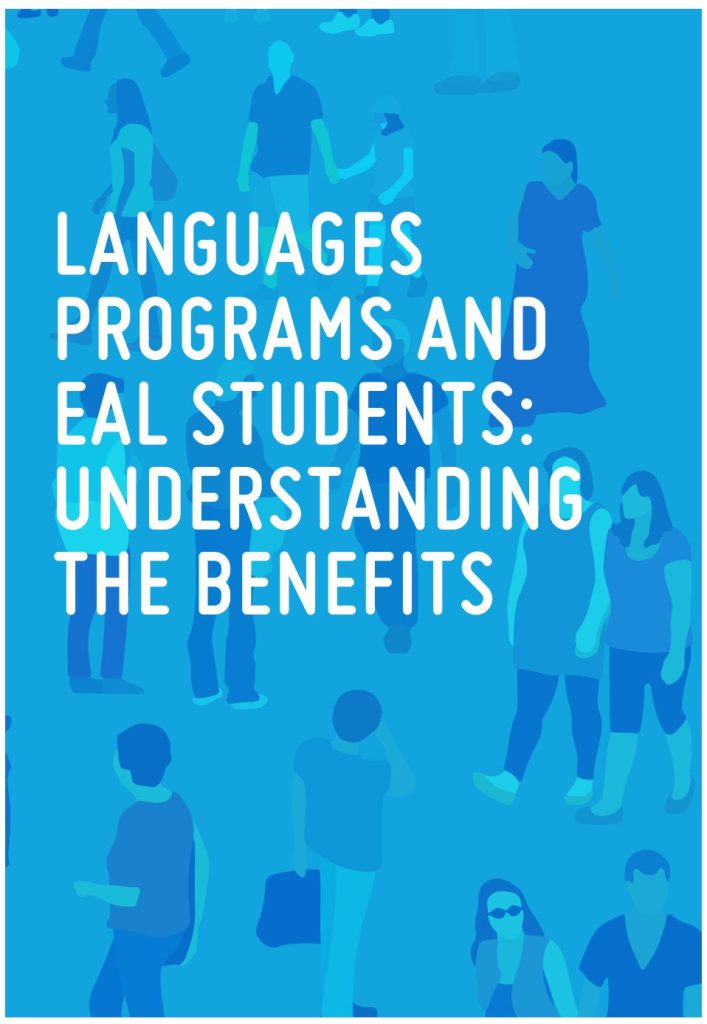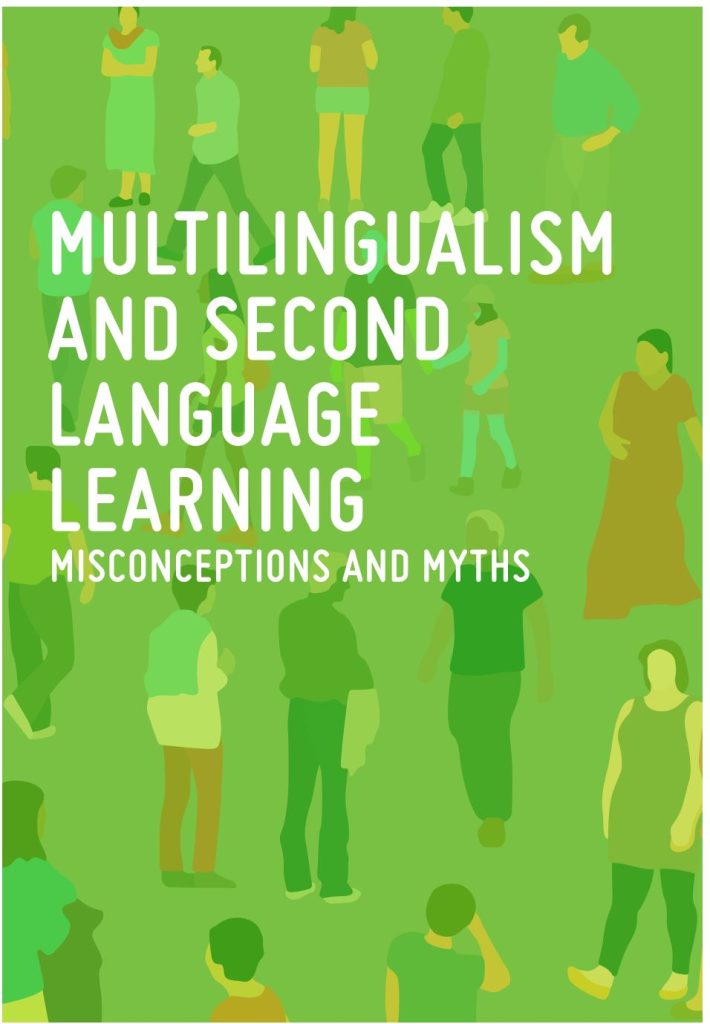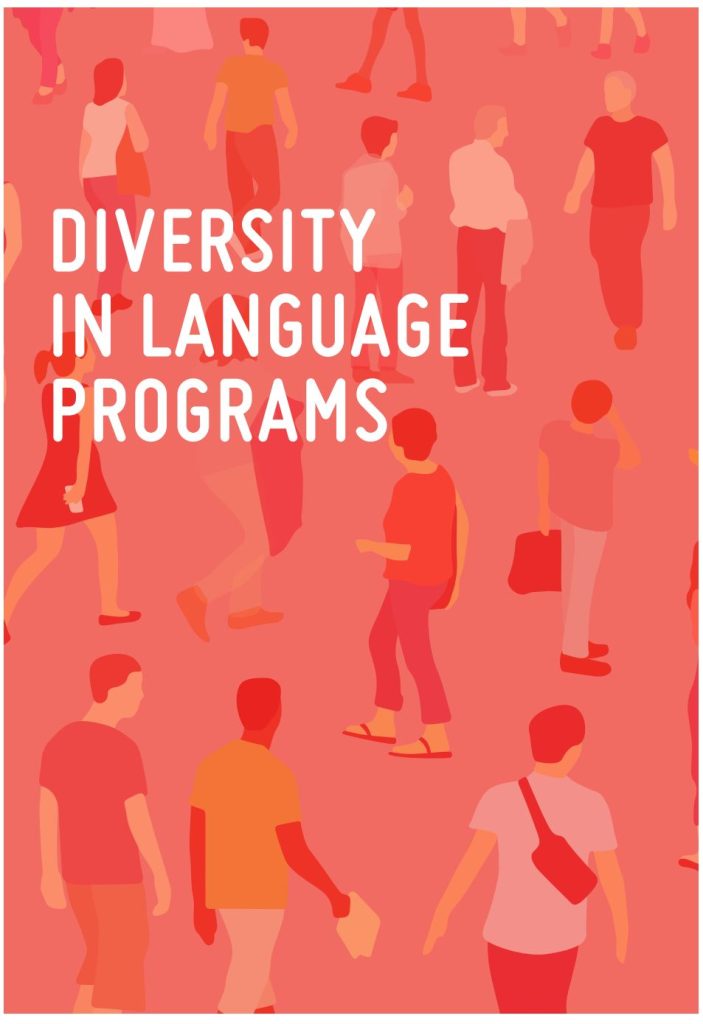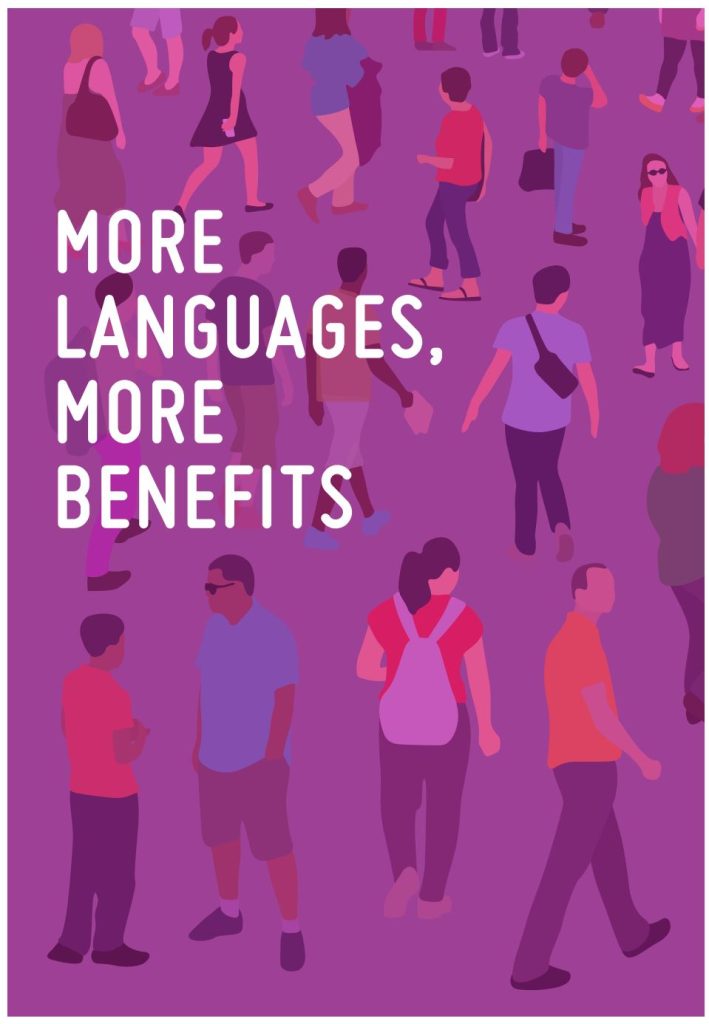What is literacy?
… students become literate as they develop the knowledge, skills and dispositions to interpret and use language confidently for learning and communicating in and out of school and for participating effectively in society. Literacy involves students listening to, reading, viewing, speaking, writing and creating oral, print, visual and digital texts, and using and modifying language for different purposes in a range of contexts …
Literacy through Languages
Additional languages support the whole literacy development of students.
Learning languages in addition to English extends students’ literacy repertoires and their capacity to communicate. It strengthens students’ understanding of the nature of language, culture, and the processes of communication.
Victorian Curriculum: Languages
Victorian Department of Education: Learning through languages – plurilingual strategies for primary classrooms.
Literacy Development
Literacy development occurs in all the languages of the students.
This includes:
- English as the language of schooling and society
- Family or home language(s) as languages acquired/spoken through family connections
- Additional languages learnt at school
- Any other languages in their repertoire.
Development of Literacy Skills and Strategies through Languages
The role of the Languages teacher is critical in facilitating the explicit teaching of literacy strategies and to support students to transfer these across all language learning.
This collection of resources provides examples of ways in which teachers:
– plan, scaffold and explicitly identify literacy strategies for students
– use terminology (metalanguage) for literacy strategies which is consistent with that used by teachers across the school .
Three exemplars which provide insights to how a model for scaffolding literacy development can be used in the Primary Languages classroom.
Resources which provide insights to how English teachers and Languages teachers collaborate to support holistic literacy improvement across languages.
Two recorded webinars which offer an overview of strategies available to Languages teachers to explore the linguistic repertoire of students and to leverage their plurilingual competence in additional language learning.
Three exemplars which provide insights to how a model for scaffolding literacy development can be used in the Secondary Languages classroom.
Additional Literacy Resources and Links
Literacy Teaching Toolkit – Birth to 5 Years
Literacy Teaching Toolkit – Foundation to Level 6
Literacy Teaching Toolkit (English) – Levels 7 to10
EAL Effective Practice Project: Making a difference through explicit teaching of language and literacy
The Literacy Hub – supporting the literacy development of young learners
Common Misconceptions about learning bilingually (infographic)
